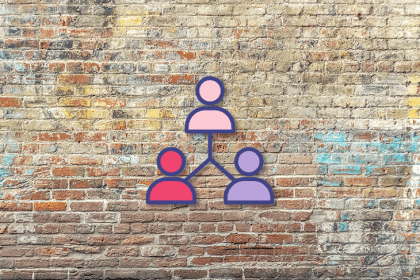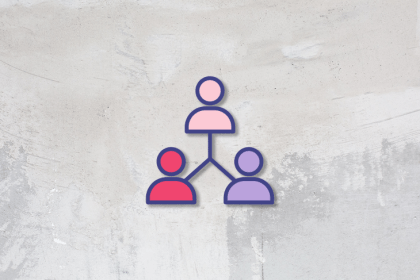
Unlock the secret to building products that users love. Learn how understanding how to identify and maximize aha moments can help you drive retention, virality, and conversion.

Learn how to craft user personas that improve your team’s ability to make important decisions throughout the product development lifecycle.

Survey templates aren’t bad, they’re just unlikely to give you all the insights you’ll need right out of the box. Creating your own survey will help you uncover what you need to know.

Nailing jobs that customers do frequently will improve your product adoption. Customers need to understand what your product does for them.

VOC helps ensure that customer requests are valuable and creates a competitive advantage by offering a better customer experience.

In this article we will explore what churn is, the impact it has on businesses, and strategies to reduce it.

Discover how to create a smooth onboarding experience that will increase user engagement and retention.

In this guide, we’ll provide some actionable insights to help you implement one of the cornerstone continuous discovery habits: continuous interviewing.

In this guide, we’ll define what a story map is, look at a practical example, and provide a step-by-step guide and template to help you create your own story map.

Continuous discovery is all about ditching dedicated research projects and making them a permanent part of your team’s workflow.

Since customers care more about the value [they believe] they get, you can use WTP as a guiding light for pricing your product.

Building features is a costly process. Many product teams commit to their assumptions about user needs, spend untold resources, and later discover that their shiny new features add no value.